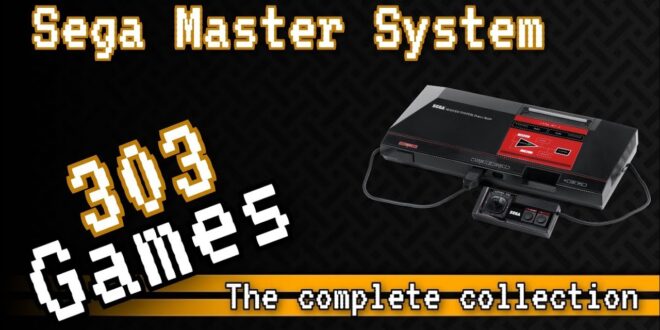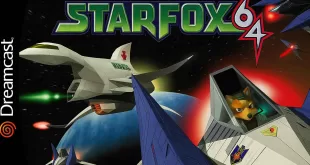The Sega Master System: A 8-Bit Contender
In an era largely dominated by Nintendo’s NES, the Sega Master System (SMS) stood as Sega’s valiant effort in the 8-bit console market. Released in 1985 in Japan and two years later in North America, the Master System aimed to capture the hearts of gamers with more powerful hardware and an ambitious game library. While I never had the opportunity to own a Master System myself, being a Genesis and Sega CD aficionado, I’ve always had a fascination with Sega’s earlier attempt to dethrone the NES.
Specifications
The Sega Master System boasted impressive specs for its time, offering:
- CPU: Zilog Z80A processor clocked at 3.58 MHz
- RAM: 8 KB of main RAM, 16 KB of video RAM
- Graphics: VDP (Video Display Processor) capable of displaying up to 32 colors simultaneously from a palette of 64, with a resolution of 256×192 pixels
- Audio: Texas Instruments SN76489 PSG (Programmable Sound Generator), providing 4-channel sound
- Storage: Cartridge slot and, in later models, a built-in card slot for Sega My Card games, with game sizes ranging from 128 KB to 4 MB
History
Developed as the Sega Mark III in Japan, the console was rebranded as the Master System for its international release. Despite its superior hardware, the SMS faced an uphill battle against the NES, which had a strong foothold in the market. Nevertheless, the Master System found success in Europe and Brazil, where it enjoyed a longer lifespan and a more substantial market presence.
System Review
Design and Hardware
The Master System’s design was futuristic, with a sleek black chassis and an angular, red power light. The game cartridges and optional Sega Cards were innovative, though the card format didn’t gain much traction.
Gaming Library
While the Master System’s library didn’t quite reach the NES’s breadth, it included notable titles such as “Phantasy Star,” “Alex Kidd in Miracle World,” and “Sonic the Hedgehog.” These games showcased the system’s ability to deliver engaging gameplay with more detailed graphics than many NES titles.
Audiovisual Experience
The SMS was technically superior to its Nintendo rival, particularly in its color capabilities. This allowed for vibrant visuals that made Master System games stand out. The sound, while not as robust as later consoles, was crisp and distinct, with the PSG churning out memorable chiptunes.
Legacy and Personal Reflection
Although the Sega Master System didn’t find its way into my home during its heyday, my deep engagement with the Genesis and Sega CD made me appreciate Sega’s earlier contributions to gaming. The Master System’s legacy is that of an underdog with a dedicated following and a library that’s still celebrated by retro gaming enthusiasts.
The Master System set the stage for Sega’s more successful ventures, including the Genesis/Mega Drive, and helped establish Sega as a household name. In many regions, the Master System is remembered fondly and retains a cult following.
Conclusion
The Sega Master System was an ambitious console that, despite strong competition, carved out its niche in gaming history. For those interested in exploring the history of the SMS or its game library, here are some helpful links: Sega Master System history and Sega Master System games. The Master System may not have been in my personal collection, but its impact on the gaming industry and its role in setting the stage for Sega’s golden age of the 16-bit era is something I deeply respect.
 Retro-Replay.com Retro gaming reviews, news, emulation, geek stuff and more!
Retro-Replay.com Retro gaming reviews, news, emulation, geek stuff and more!




